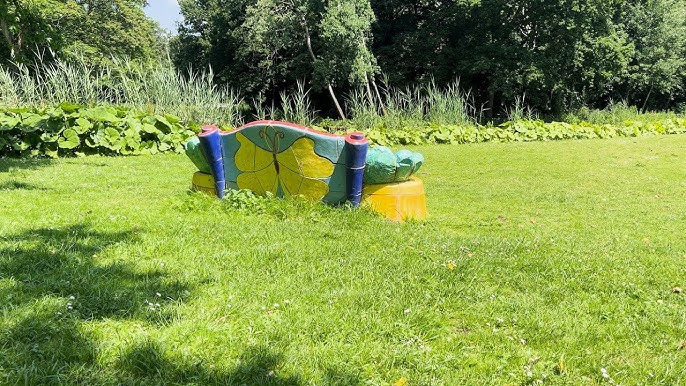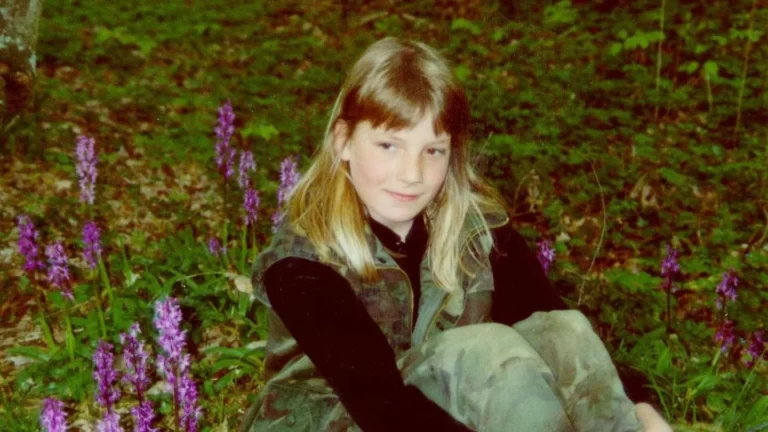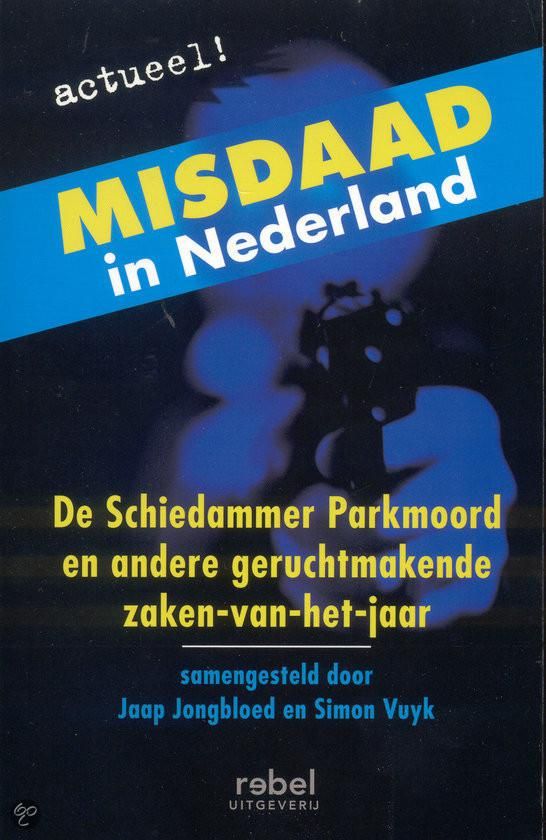This miscarriage of justice eventually received a lot of attention due to an accumulation of blunders by the police, the judiciary, experts and politicians. This led to much commotion.
In 2005, the Board of Procurators General set up an investigation committee led by Advocate General Frits Posthumus to critically evaluate the work of the police, the judiciary and the judiciary.
The report by the Posthumus Committee led to the establishment of the permanent Committee for the Evaluation of Closed Criminal Cases (Posthumus II Committee), which would investigate miscarriages of justice.
The facts that came to light in this process showed that there was more than one miscarriage of justice.
This case, among others, led to critical attention for interrogation methods in criminal investigations.
Deze justitiële dwaling kreeg uiteindelijk veel aandacht door een opeenstapeling van blunders bij politie, justitie, deskundigen en politiek. Dit leidde tot veel commotie.
Het College van procureurs-generaal heeft in 2005 een onderzoekscommissie ingesteld onder leiding van advocaat-generaal Frits Posthumus voor een kritische evaluatie van het werk van politie, justitie en de rechterlijke macht.
Het rapport van de commissie-Posthumus heeft geleid tot het instellen van de permanente Commissie evaluatie afgesloten strafzaken (commissie-Posthumus-II), die justitiële dwalingen zou gaan onderzoeken.
Door de feiten die in dit traject aan het licht zijn gekomen, bleek dat er sprake was van meer dan een justitiële dwaling.
Onder meer deze zaak leidde tot kritische aandacht voor de verhoormethoden bij het strafvorderlijk onderzoek.
Schiedammer parkmoord



